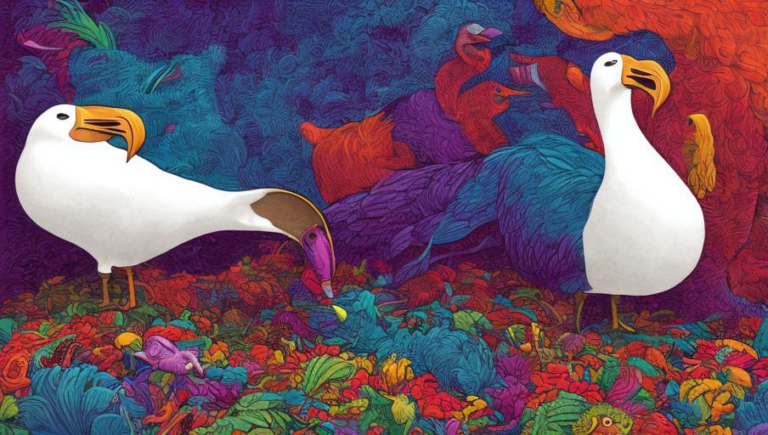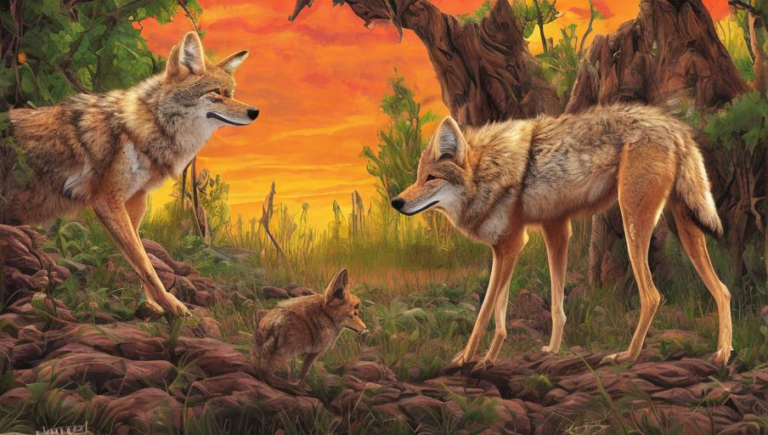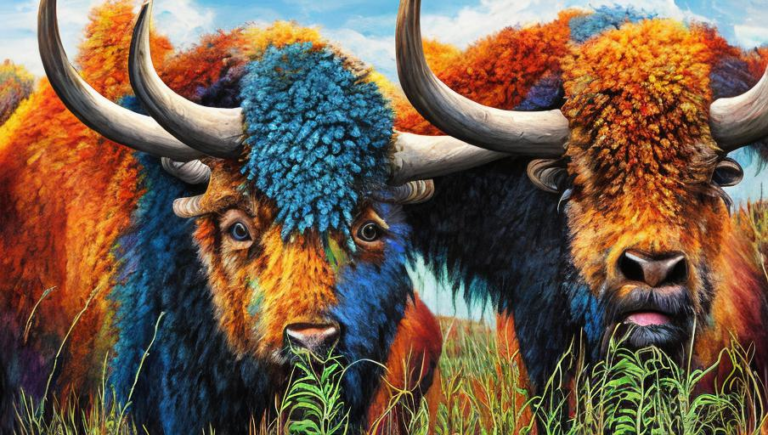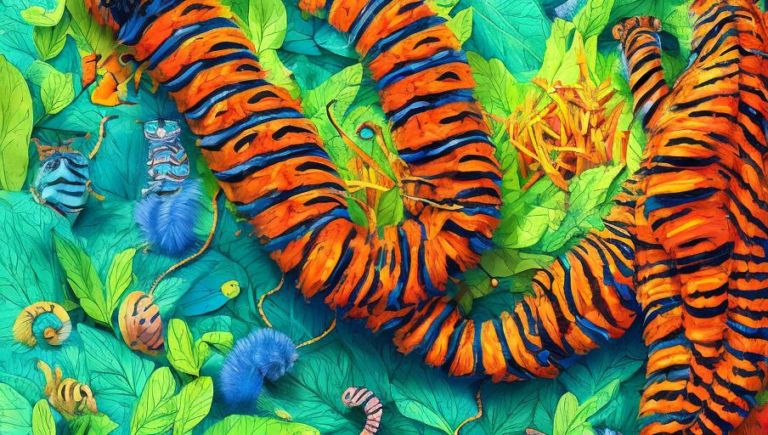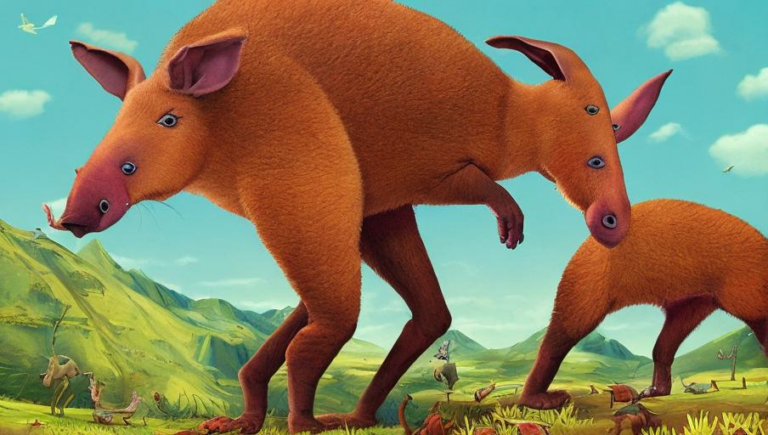Examining the Role of Anteaters in the Ecosystem
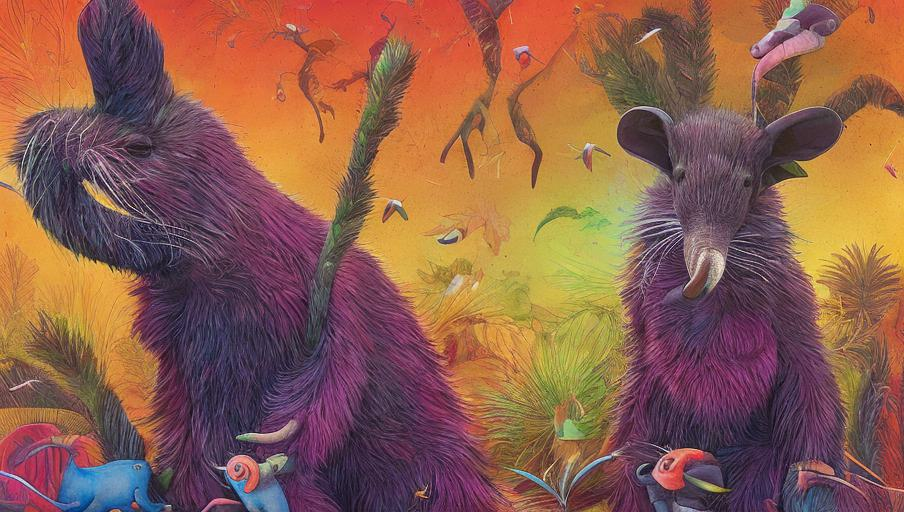
Introduction
Anteaters are one of the most amazing and unique creatures in the world. Many people are familiar with their iconic snout and long tongues, but few know about the important role they play in their ecosystems. Anteaters are insectivores, meaning they feed primarily on ants and termites, but they also consume other insects, fruits, and occasionally small vertebrates.
Where do Anteaters Live?
These animals are found in Central and South America in a variety of habitats, including tropical forests, grasslands, and even deserts. They are usually solitary animals, but may sometimes be found in groups. Anteaters have evolved to be incredibly well-adapted to their environment. For example, they have long, curved claws that help them dig and search for food, and their tongues can be up to 60 cm in length, allowing them to reach deep into ant and termite nests.
The Role of Anteaters in the Ecosystem
Anteaters are an important part of the food web in their environments, as they help keep insect populations in check. Without anteaters, there would be an overabundance of ants and termites, leading to an increase in damage to trees and other plants. Additionally, anteaters are a food source for many other animals, including jaguars and pumas.
Threats to Anteaters
Unfortunately, anteaters are threatened by habitat loss due to deforestation and the expansion of human settlements. In addition, they are hunted for their meat and sometimes captured for the pet trade. As a result, many populations of anteaters have declined and they have been listed as vulnerable species by the International Union for Conservation of Nature.
Conclusion
Anteaters are amazing creatures that play an important role in their ecosystems. They help regulate insect populations and are a food source for other animals. Unfortunately, they are threatened by habitat loss and hunting, and their populations are declining. It is important to take steps to protect these animals and their habitats, so that we can ensure their survival for future generations.
